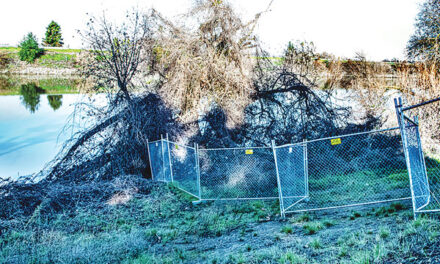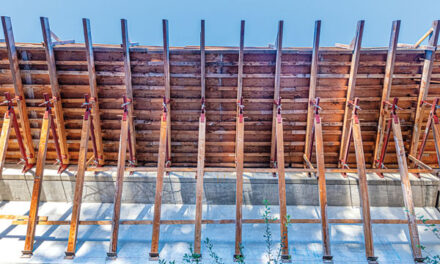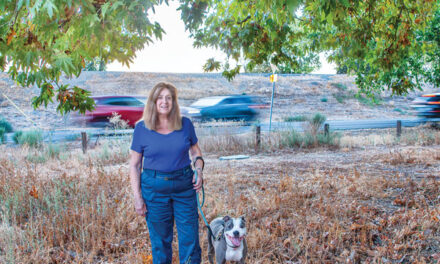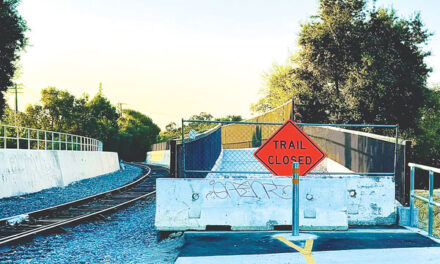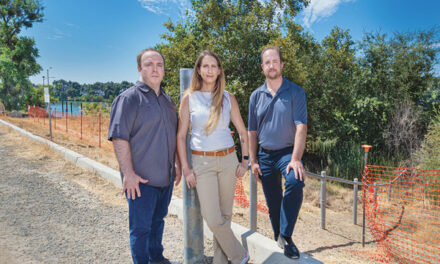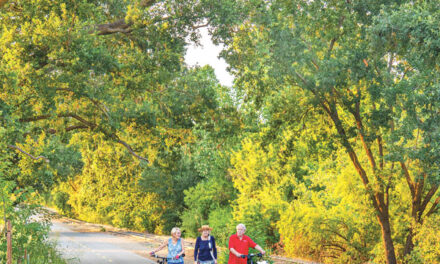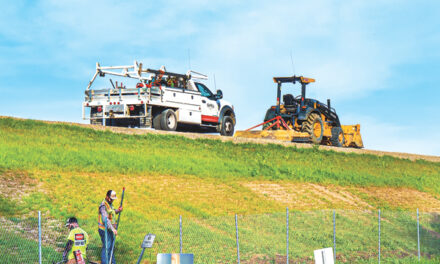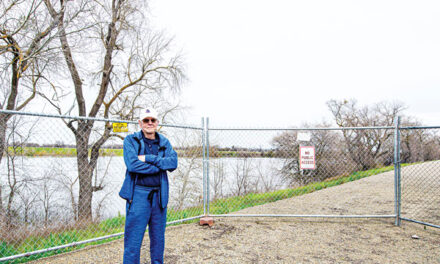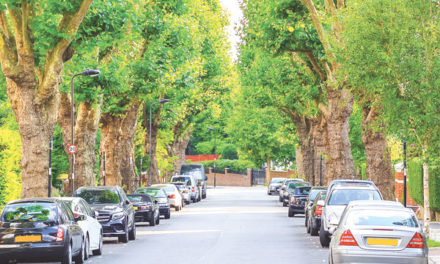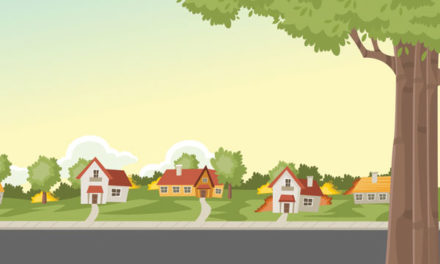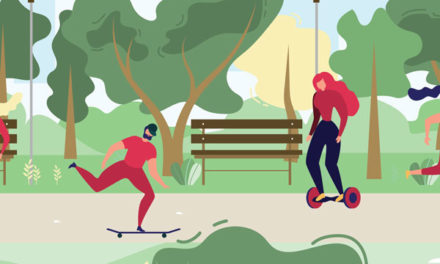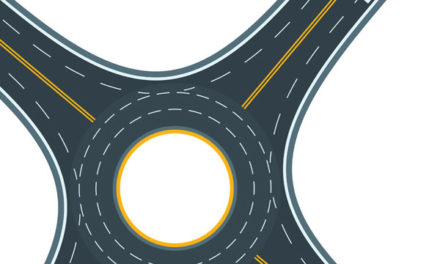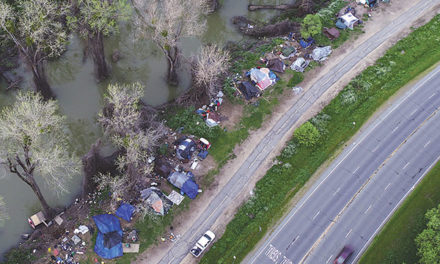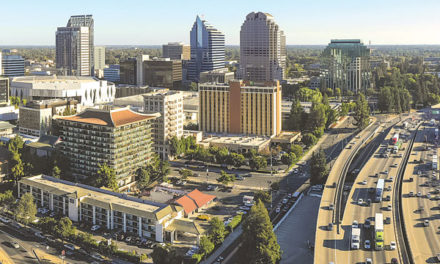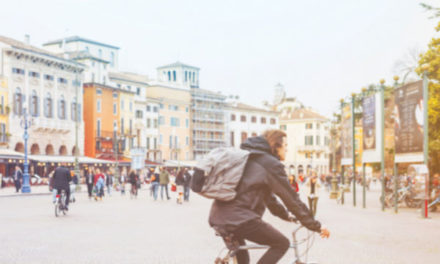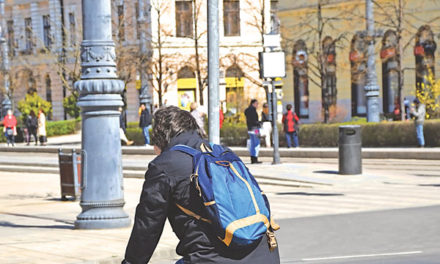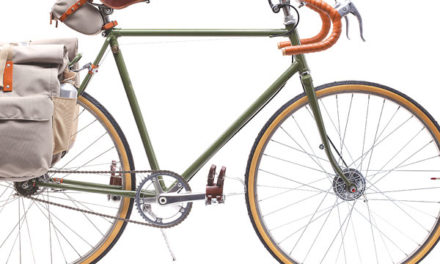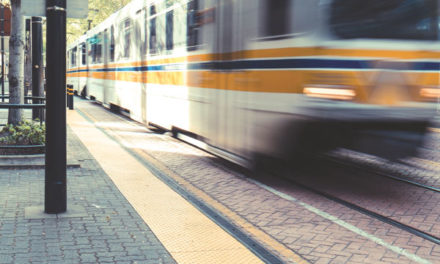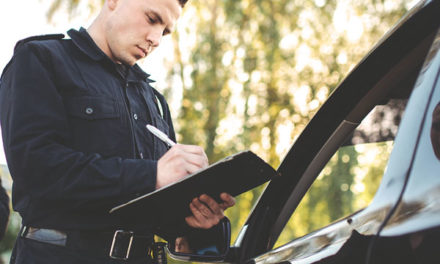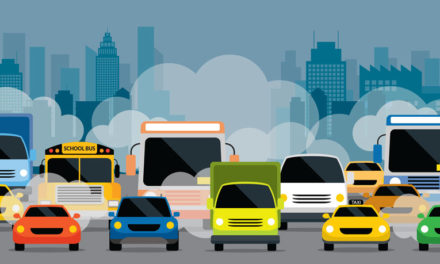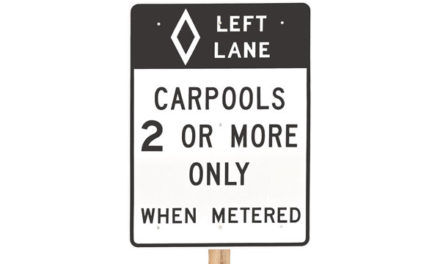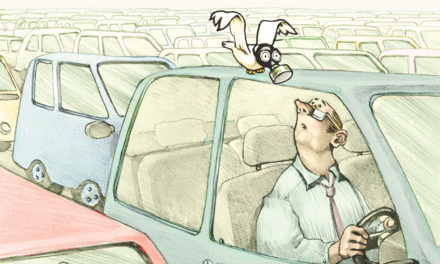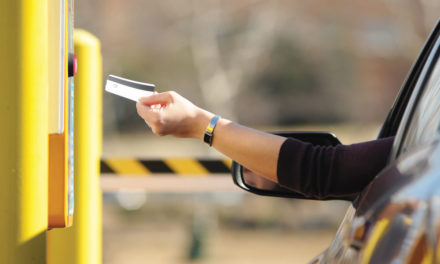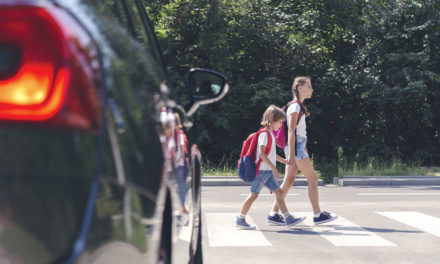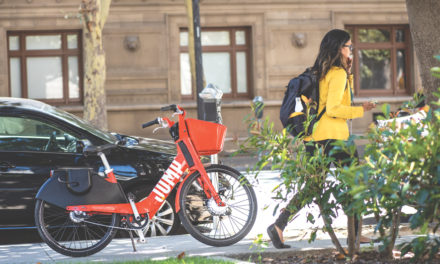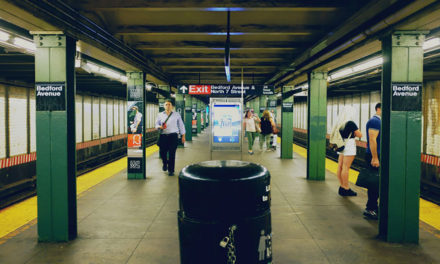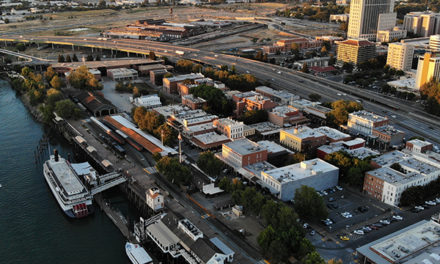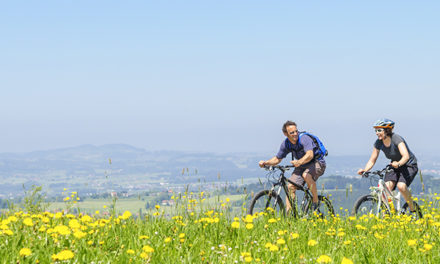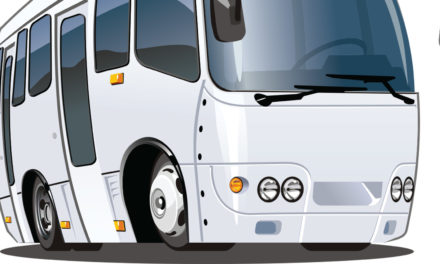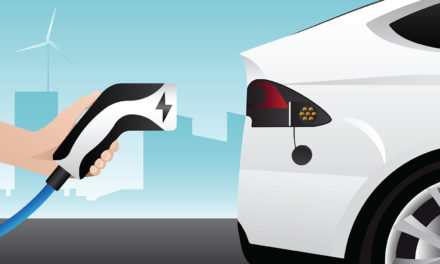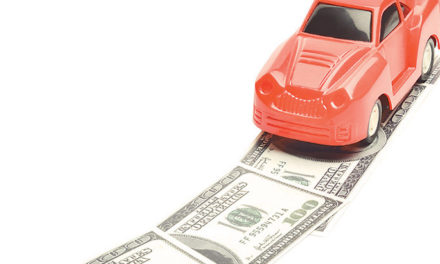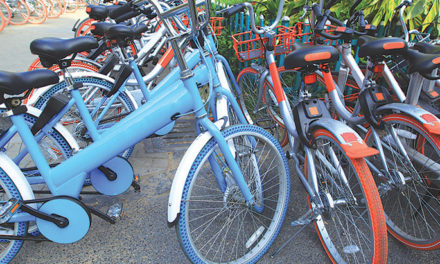If there was one New Year’s resolution that would help you do all the following, wouldn’t you jump at the idea?
- Lose weight and look better.
- Feel better and be happier.
- Be healthier and ward off disease and dementia.
- Save time and money.
- Reduce stress and anxiety.
- Live longer with better quality of life.
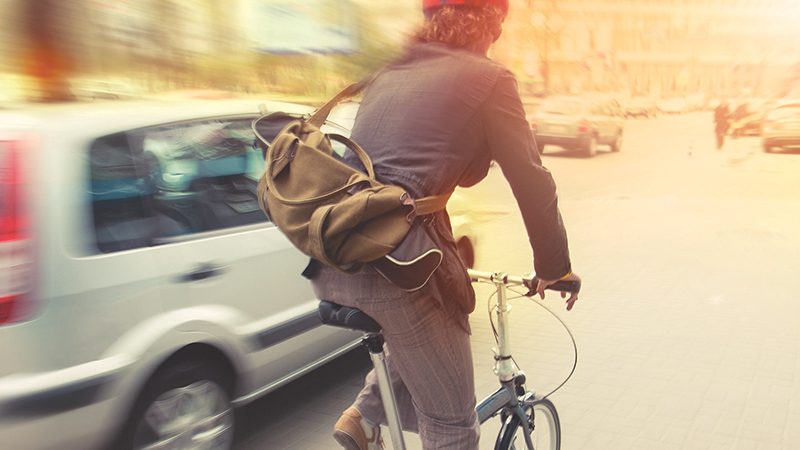
Those are some, but not all, of the direct, personal benefits from carrying out this single, superlative resolution. Also, it will make your neighborhood more sociable and livable. And it could help save the whole planet.
What’s this all-purpose, miraculous resolution? It’s simple: Occasionally substitute biking or walking for a car trip.
It’s not that hard to do, especially when you integrate “active transportation” into your weekly routine. It’s easier than sticking to a strict, goody-free diet. It’s way more fun than grimly using a treadmill in a gym. No Botox injections or surgery are required. Our bodies are fundamentally designed to move.
The federal government released its updated 10-year-old physical activity guidelines in November. The guidelines call for adults to get at least two and
a half to five hours of moderate-intensity activity, or one and a quarter to two and a half hours of vigorous activity, a week. Only 20 percent of adults reach those levels. Many people have trouble fitting time for activity into busy schedules, or just don’t consider the possibility of walking or biking to get somewhere.
Northeastern University neuroscientist Charles Hillman, who helped develop the guidelines, said, “Every time you’re active, you feel better, think better and sleep better.” Doesn’t that sound good? And while some activity is better than none, more is better than some.
Getting more activity doesn’t mean you have to run a marathon or commute by bike every day. Instead, walk or bike on a neighborhood jaunt to the post office, drug store, barber or hairdresser, or restaurant. Years ago, my wife began taking one trip a week by bike. Everyone doing that will likely make more such trips as they discover the joy of combining body movement with transportation.
My wife now bikes several times a week and loves it. Recently she was running late and drove to the gym (per the guidelines, strength training is also a good idea) instead of biking. It took her 11 minutes to drive instead of the 15 minutes by bike. But driving lost her 30 minutes of activity time. Instead of arriving at the gym warmed up, she arrived cold. Also, she increased her sitting time by 22 minutes, not a good thing. The guidelines say sitting is “especially harmful.” Think about that while you’re driving, watching TV or at your computer.
When she talks to her locker-room buddies at the gym about biking, a common response is, “I could do that.” Why don’t they? It could be fear (another topic) or lack of resolve (this very topic).
You can fix the resolve part on New Year’s Day. It may be a bit daunting to think about walking and biking in January, when days are short and it’s often rainy and a bit nippy. But you know what? You can bundle up. Rain doesn’t fall every day and there are breaks in the precipitation. Make your trips when the weather is good. You can also wait for spring, but, really, there’s no time to start like right now.
Happy New Year! I wish you health and happiness. The key to both could be in how you decide to get around.
Walt Seifert is executive director of Sacramento Trailnet, an organization devoted to promoting greenways with paved trails. He can be reached at bikeguy@surewest.net





